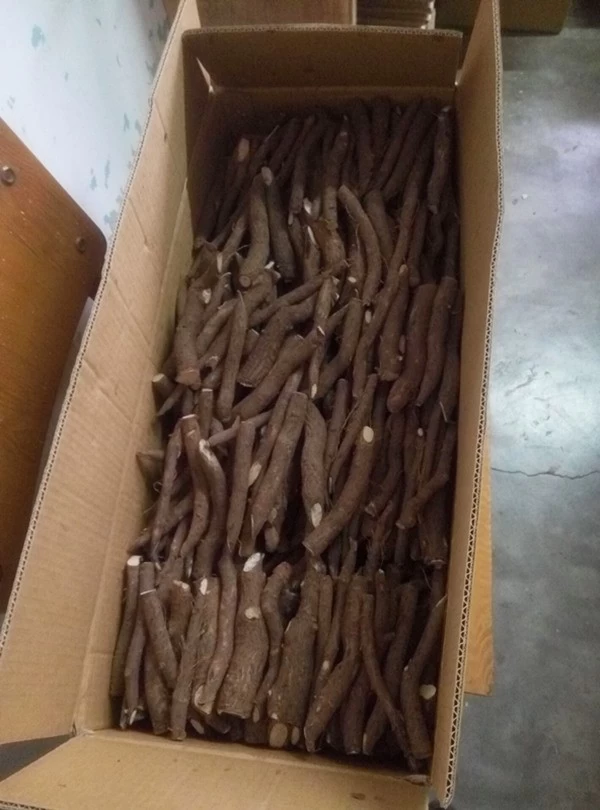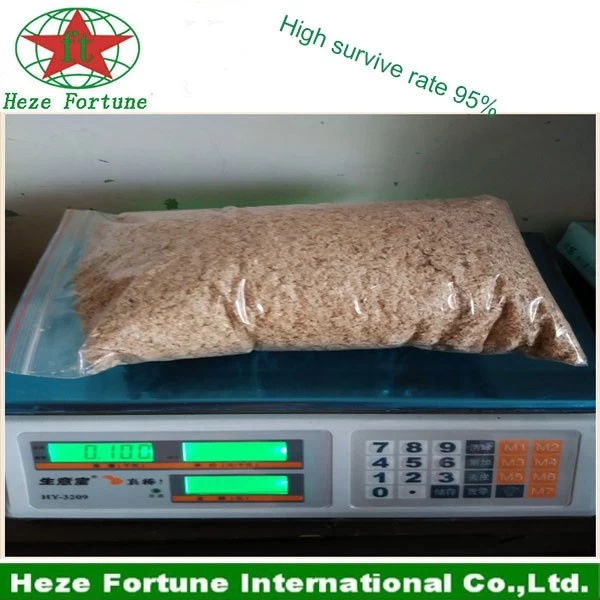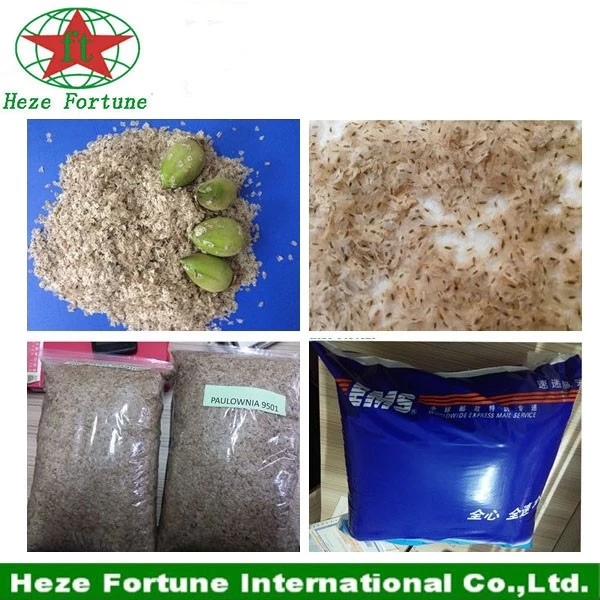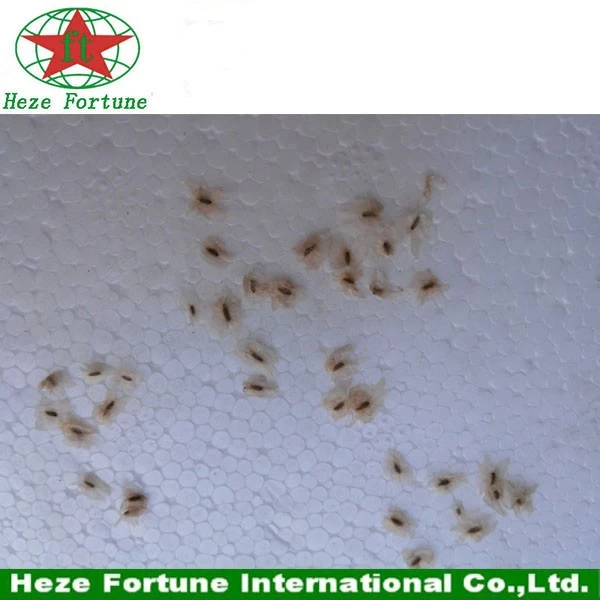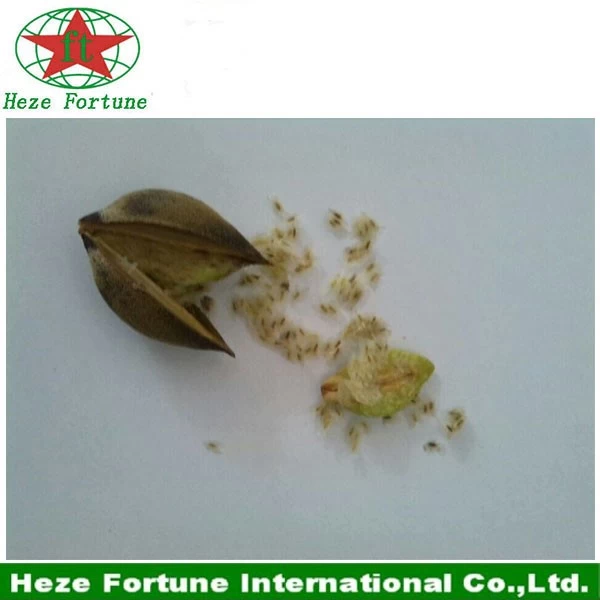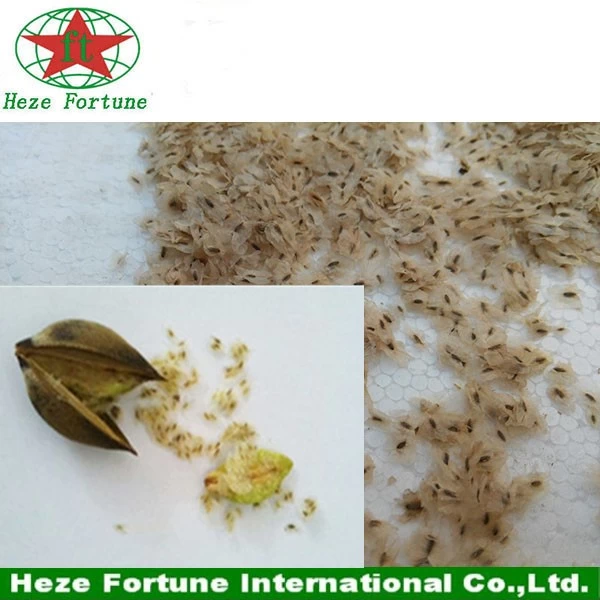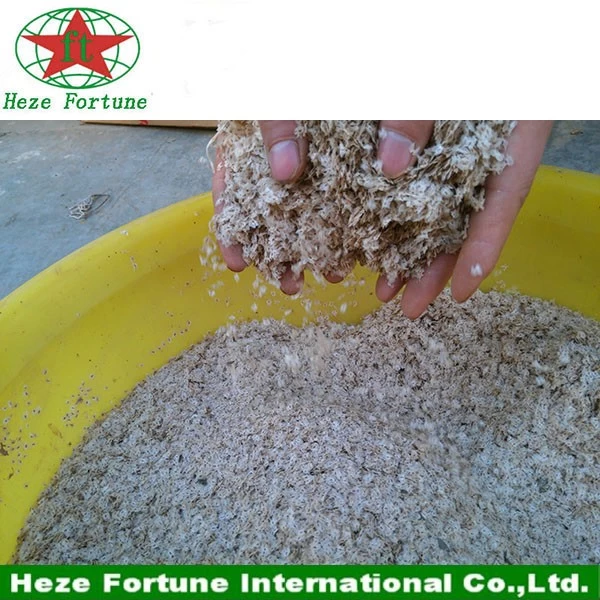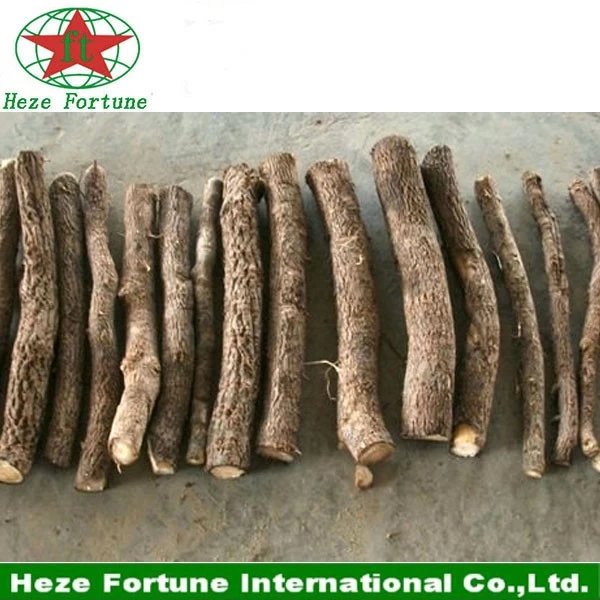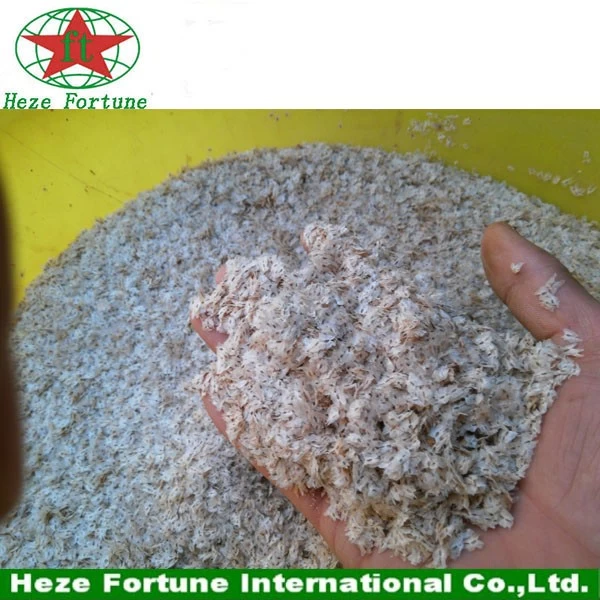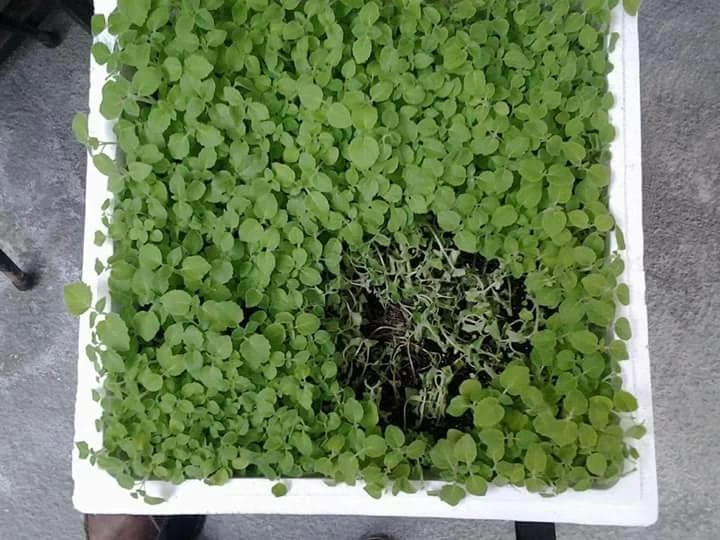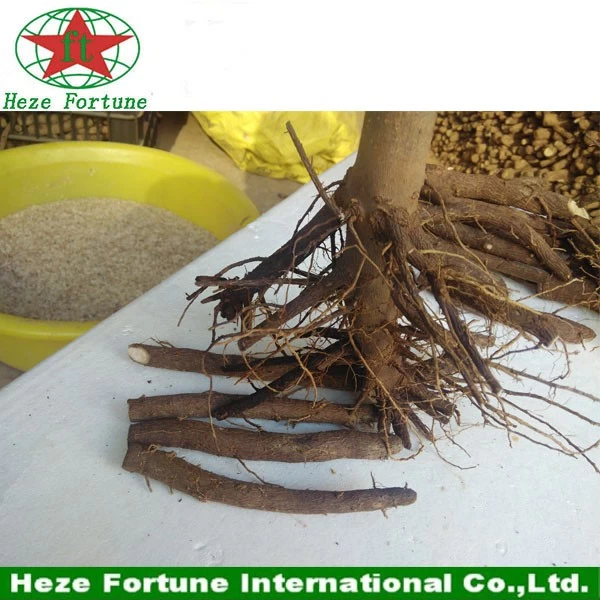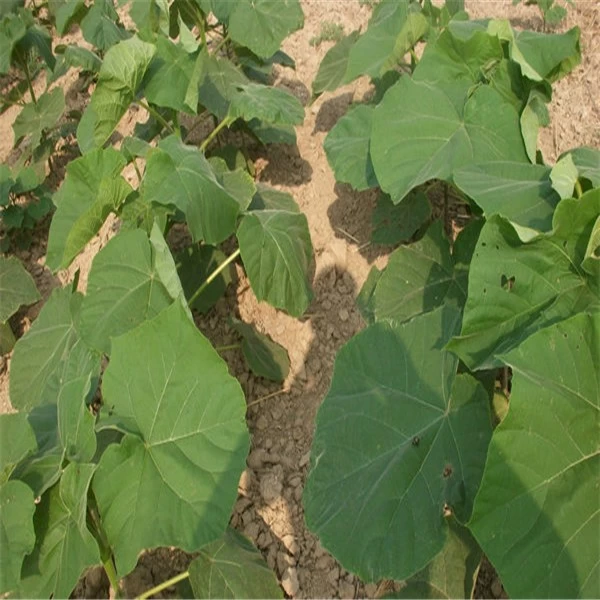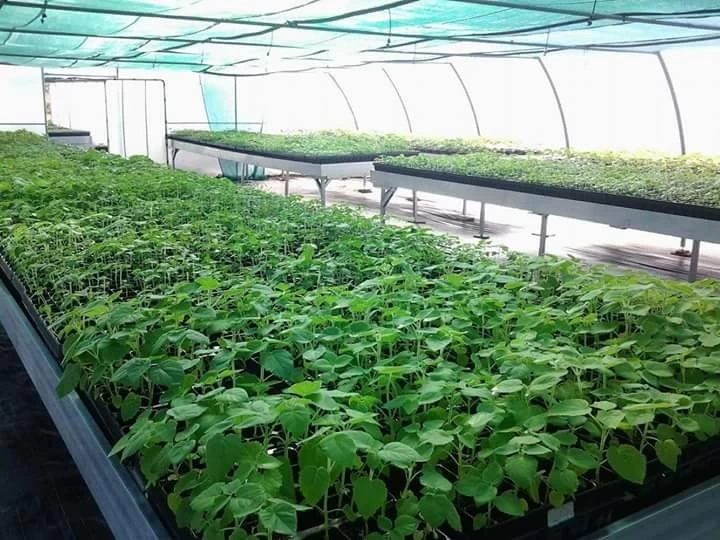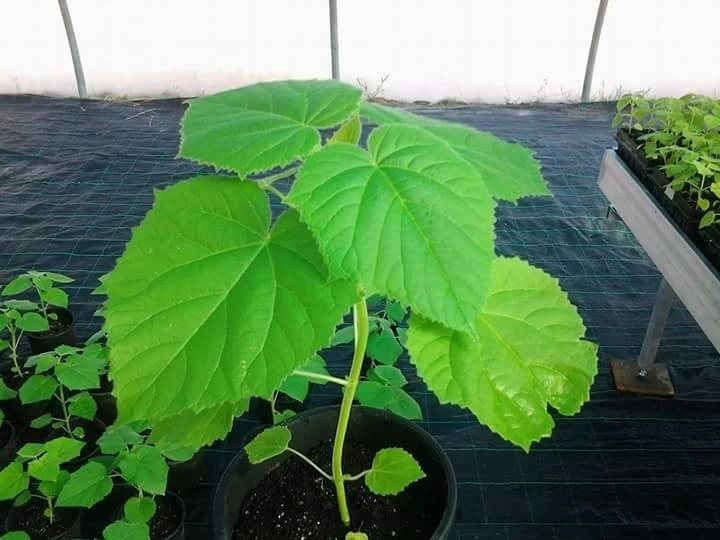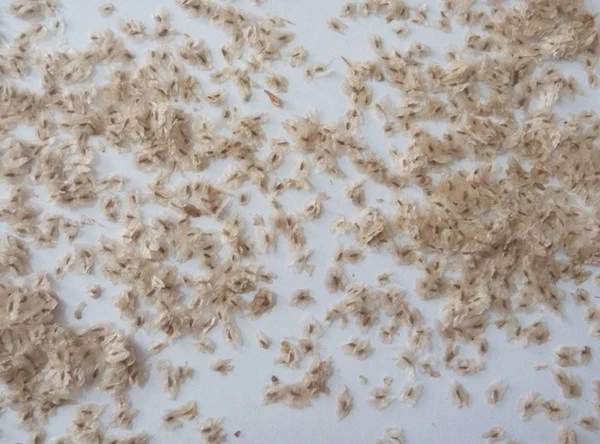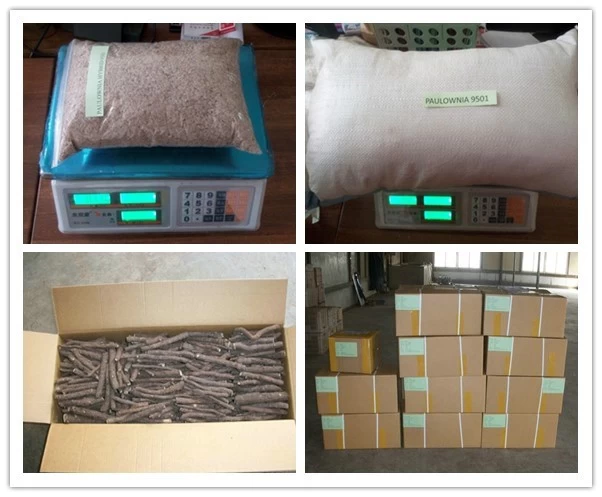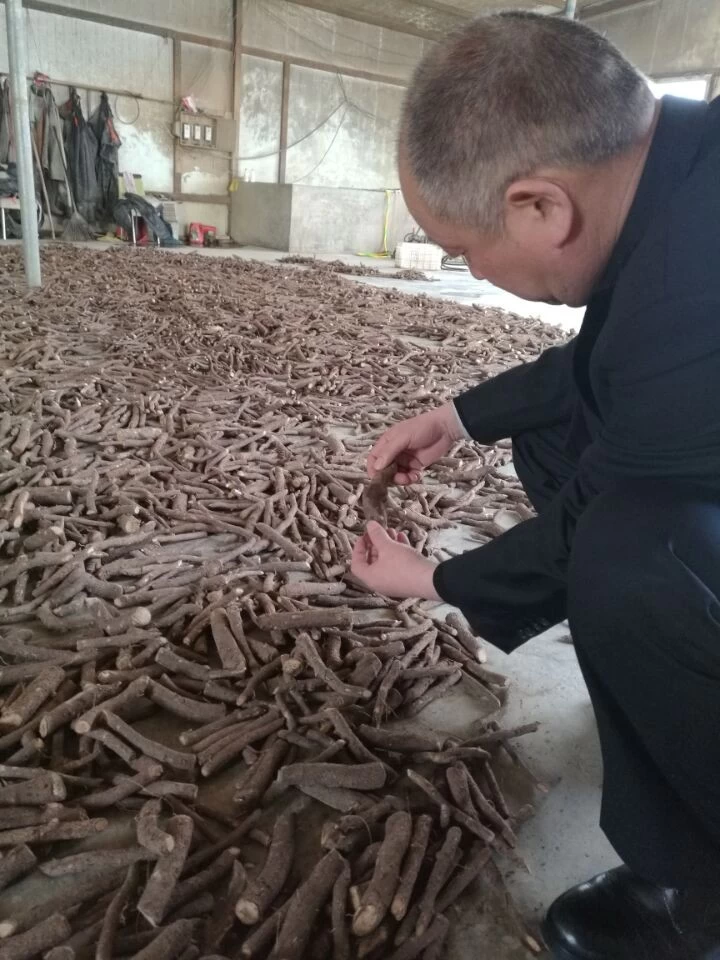- Browse Categories
- Paulownias seeds
- Paulownias roots
- Paulownias stumps
- Contact Us
-
Heze Fortune International Co., Ltd
Add: 699, Caozhou Road, Heze, Shandong, China
Tel: +86-530-5337752
Fax: +86-530-5337750
Mob: +86-13508986764
+86-18366003934
+86-18265096516
Mail: chen@fortunewoods.com
http://fortunewoods.com http://fortunewood.cn
Contact Now
- Subscribe
-
Get email updates on new products
- Share
- Main Products
2023 fresh paulownia seeds kiri seeds on sale
- item name: 2023 fresh paulownia seds kiri seeds on sale
- MOQ: one kilogram
- flower color: light purple
2023 Paulownia fresh seeds for sale
Paulownia seeds come from the Paulownia tree, also known as the Empress tree or Foxglove tree. These seeds are small, lightweight, and often winged, allowing them to be easily dispersed by wind. Paulownia trees are renowned for their rapid growth, large heart-shaped leaves, and beautiful clusters of lavender or purple flowers. The seeds are typically harvested from the tree's dry, capsule-like fruit pods, which develop after the flowering season.
Planting Method:
Growing Paulownia trees from seeds is relatively straightforward, but it requires attention to detail to ensure successful germination and growth. Here’s a step-by-step guide:
-
Seed Preparation:
-
Paulownia seeds have a high germination rate but benefit from a brief soaking in warm water for 24 hours before planting. This helps soften the seed coat and encourages sprouting.
-
-
Soil Preparation:
-
Use well-draining, fertile soil with a slightly acidic to neutral pH (6.0–7.5).
-
Mix the soil with organic compost to provide nutrients for the seedlings.
-
-
Sowing the Seeds:
-
Scatter the seeds lightly on the surface of the soil in a seed tray or pot. Do not bury them deeply, as they require light to germinate.
-
Gently press the seeds into the soil to ensure good contact.
-
-
Watering:
-
Keep the soil consistently moist but not waterlogged. Use a spray bottle to mist the seeds gently, as heavy watering can displace the tiny seeds.
-
-
Light and Temperature:
-
Place the seed tray in a warm, bright location with indirect sunlight. Paulownia seeds germinate best at temperatures between 20–25°C (68–77°F).
-
If growing indoors, consider using a grow light to provide adequate light.
-
-
Germination:
-
Germination typically occurs within 2–4 weeks. Once the seedlings have developed a few true leaves, they can be transplanted into individual pots or directly into the ground.
-
-
Transplanting:
-
Choose a sunny location with ample space, as Paulownia trees grow quickly and can reach significant heights.
-
Dig a hole slightly larger than the root ball, place the seedling in the hole, and backfill with soil. Water thoroughly after planting.
-
-
Care and Maintenance:
-
Water the young trees regularly, especially during dry periods.
-
Apply a balanced fertilizer during the growing season to promote healthy growth.
-
Prune as needed to shape the tree and remove any damaged branches.
-
Uses of Paulownia Trees:
Paulownia trees are valued for their fast growth and versatility. They are used for timber production, reforestation, soil improvement, and ornamental purposes. Their lightweight wood is prized for making furniture, musical instruments, and crafts.
By following these steps, you can successfully grow Paulownia trees from seeds and enjoy their beauty and benefits in your landscape!

